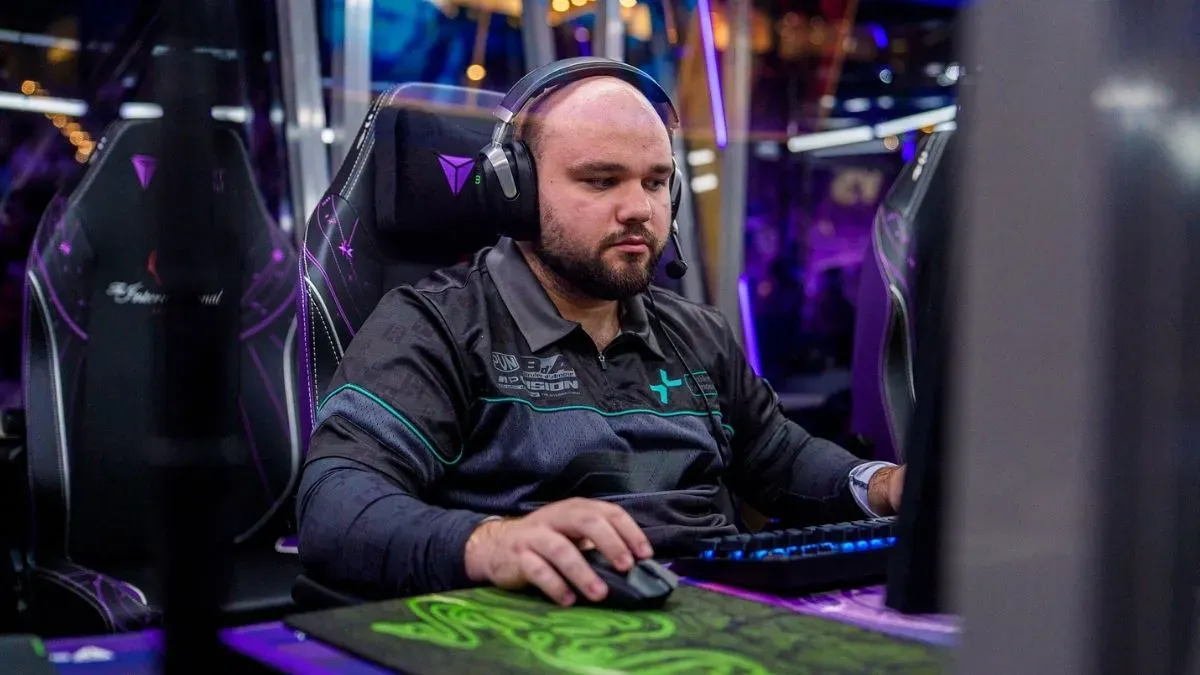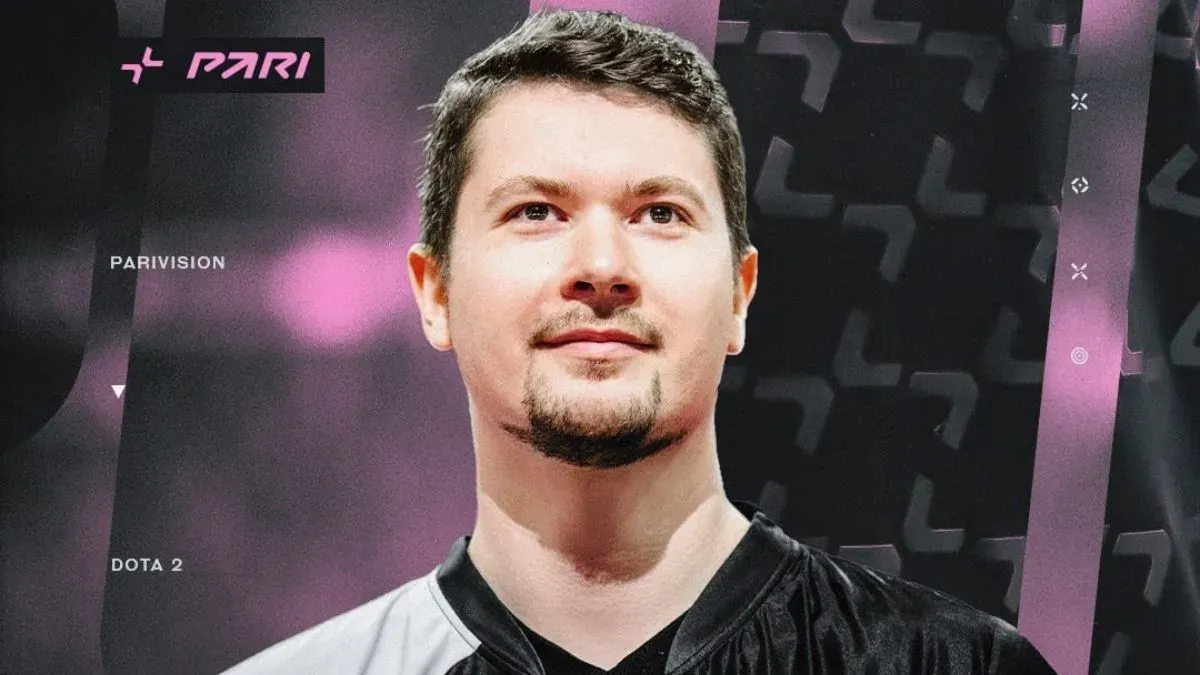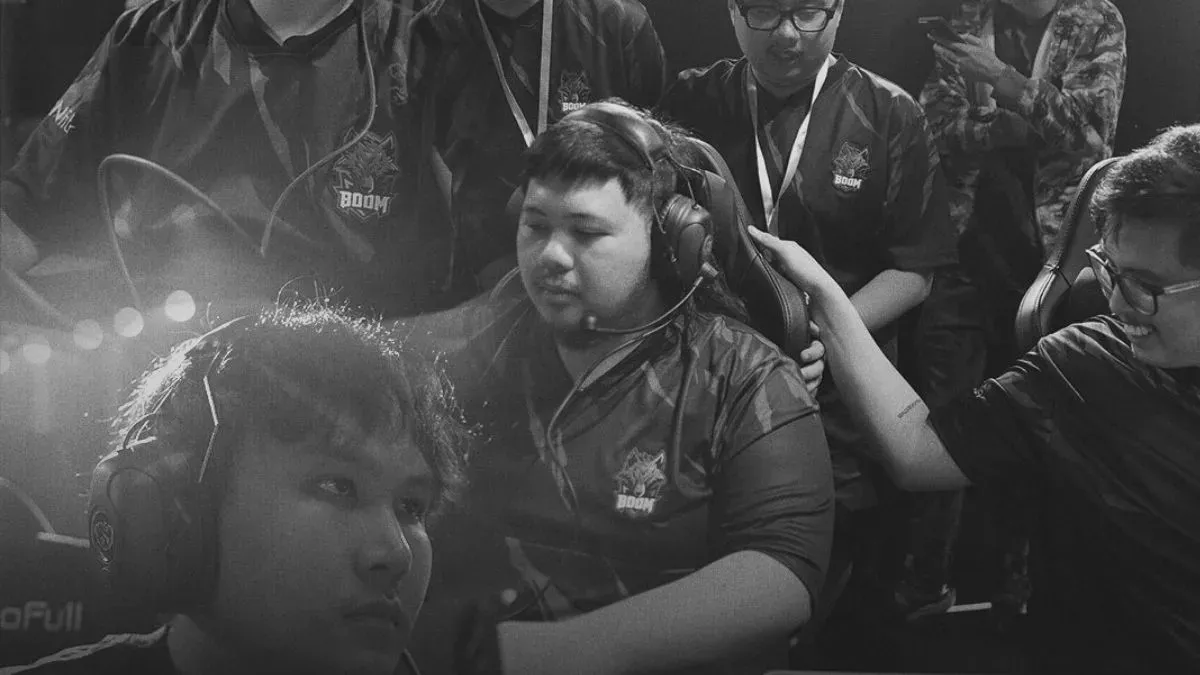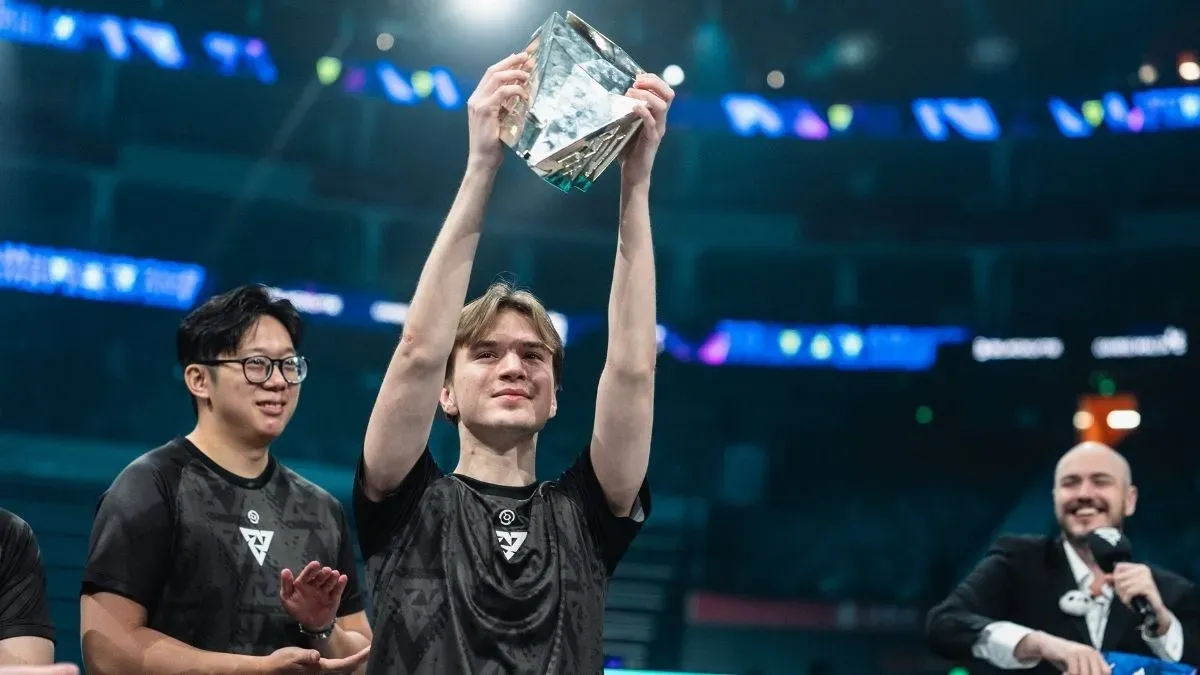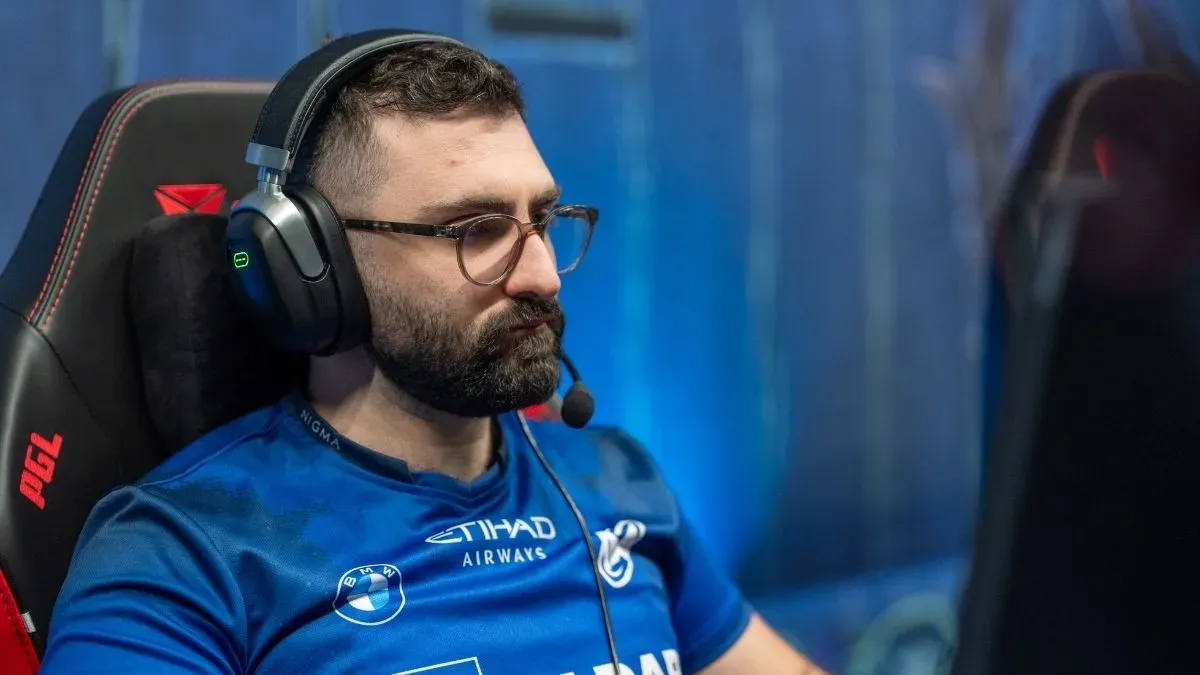
Disclaimer: All data containing in this article is not and may not be interpreted as a confirmed fact, it does not disclose any confidential information and solely based on author’s own assumptions.
This article was originally published in Russian on the site Virtus.pro. It has been translated in English by its author Andrew Yatsenko and published on GosuGamers with his permission.
Introduction
Lately many professional players have been spreading the idea about teams not requiring organizations. Some even go and say clubs are blatantly abusing players, forcing them to do advertising shoots, participate in marketing activities and just use them to satisfy club’s own financial interests.
Unfortunately, the esports community tends to trust blindly what known people say without going into details. I have been working over four years for Na`Vi, I am well aware how esports clubs work and how much resources they spend to upkeep their teams. This is how I got the idea to actually calculate the costs to support a professional gaming team.
Esports club's business model
First of all, let’s understand the business model of any esports club. The main asset of the club is its teams. Teams and players have fans that are the main “resource” for the organization. Club spends money on:
- Teams’ upkeep: salaries, travels, bootcamps, etc.
- Infrastructure: website, social networks, video, staff, managers, office, etc.
- Contract obligations: marketing activities, jersey production, photo and video shoots, gaming house set up and branding, etc.
- Business development: re-investing and signing new teams for new games, developing new business projects and so on.
To cover all these expenses, clubs sign partners and sponsors. These companies are interested in club’s targeted audience – all of us. The more fans a team has, the more active, loyal and solvent these fans are – the more sponsorship money a club can get (this also explains why clubs from Europe and the US usually have much better contracts money-wise comparing to clubs from CIS). Sponsors are the main source of income for clubs; they generate around 90% of all revenue. The rest of the revenue is made through merchandise sales, YouTube and Twitch channels advertisements, website banners, prize money fees and so on. This is how you can explain the business model of any esports organization in a few words.
Core assumptions
We will never know for sure the value of sponsorship contracts so let’s try to calculate how much money a club spends on one of its professional teams. I know Dota 2 and CIS region the best so I decided to calculate the approximate expenses of three top organizations: Virtus.pro, Team Empire and Natus Vincere.
To do so, I gathered prize money data of all these teams from June 2014 to June 1015 and calculated the expenses of these organizations during this period. I don’t have any actual data of financial reports of these clubs (and even if I had I would never make it public), so all my calculations are based on two core assumptions:
1. Public information available on the web:
- Flight costs were taken from momondo.ru website;
- Lodging costs were taken from booking.com and airbnb.com websites;
- Info about tournaments’ travel support was taken from tournaments’ website, coverage or was verified by event hosts and teams’ managers;
- Bootcamp costs were calculated according to what local house and equipment rent companies charge;
2. Logic and experience driven evaluations and assumptions that do not contradict with common sense:
- Calculating daily allowance depending on tournament or bootcamp’s country;
- Estimate on approximate pro-players and manages’ salaries;
- Estimate on approximate size of prize money fee for clubs.
This information demonstrates that you don’t need any “insides” or “spoilers” to do such calculations. All the data is publicly available and by writing this article I don’t expose any confidential information. So let’s start!
Tournaments and profits
To calculate teams’ winnings for the past calendar year, I made a spreadsheet of all tournaments hosted from June 2014 to June 2015 according to wiki.teamliquid.net/dota2/. It has LAN and Online tournaments with at least one of three teams in question playing. Moreover I considered original Virtus.Pro, VP.Polar, ASUS.Polar and new VP’s line-up as the same team just because all of them belong to one organization.
Here's a breakdown of calendar year results of the aforementioned teams.
Winnings for the past calendar year:
 Natus Vincere — $738,047 $
Natus Vincere — $738,047 $
 Team Empire — $345,017
Team Empire — $345,017
 Virtus.Pro — $266,480
Virtus.Pro — $266,480
To understand club’s size of prize money fee, I broke it down into three different rates: 10%, 15% and 20%. There’s possibility that some clubs don’t take prize money fee at all or it applies only for major tournaments. But I would be very surprised if I knew any club in CIS having it more than 20%.
Overall we have the following profits per all three cases for each organization:
| Empire | 34,501 | 51,752 | 69,002 |
| Natus Vincere | 73,804 | 110,706 | 147,608 |
| Virtus.Pro | 24,648 | 39,972 | 53,296 |
Now let’s move forward and start calculating the expenses.
Expenses for tournaments
Travel expenses
It was a pleasant surprise for me all LAN-tournaments provided travel support for the teams this year. Almost all hosts paid for flights and lodging with only two tournaments giving a fixed travel stipend. It makes our task even easier: let’s calculate travel expenses for such tournaments - Starladder and MLG.
StarLadder Seasons 10 & 11: Providing $2,500 travel stipend for CIS teams.
Unfortunately we can’t find exact cost for flights and lodging for actual tournament dates. That’s why let’s check it as if current Virtus.Pro lineup would go to Kiev on June 22nd to June 27th. Some may say you can save money by reserving flights and hotel in advance, but given my personal experience it is never done in advance. So it doesn’t matter for our case.
- Flights Moscow – Kiev – Moscow for 2 persons: $360
- Flights Minsk – Kiev – Minsk: $177 (flight from Brest costs too much and has ugly layover duration so I assume Fng flies from Minsk)
- Flights St.Petersburg – Kiev – St.Petersburg: $286
- Three double rooms at Cosmopolit hotel (closest to Kiev CyberSports Arena venue) for five nights from June 22nd to June 27th: 1,516 $
Overall: $2,339
Given $2,500, it’s enough with even $161 remaining.
joinDOTA MLG Pro League Season 1: Providing $5,000 travel stipend.
Just like before, checking costs as if Team Empire would go to Columbus on July 8th – 13th:
- Flights Moscow – Kiev - Moscow: $164
- Flights Kazan – Kiev – Kazan: $371
- Flights Kiev – Paris – Boston – Columbus – Boston – Paris – Kiev for 6 persons: $6246
- Three double rooms at Westin Columbus hotel (around tournament venue) for five nights from July 8th to 13th: 2767 $
Overall: $9,548
$5,000 travel stipend is not enough so the club has spend additional 4548 $ for this travel.
Daily allowance
Many clubs provide daily allowance for their players and reimburse transfer, emergency expenses and so on. It makes sense to say daily allowance should be different for different countries. Given my own travel experience on all three continents, I will assume the following daily allowance scale:
- CIS — $20 / day / 1 person
- Asia — $20 / day / 1 person
- Europe — $40 / day / 1 person
- USA — $50 / day / 1 person
Transfer expenses are usually calculated separately from daily allowance. It’s about $30 per travel day for the whole team, regardless of the region.
Daily allowance is calculated according to this formula: sum * number of persons (6) * travel days. Travel days include tournament days plus travel time, including team arriving 1-2 days before the event.
If there is a two-day tournament in the US, there would be six travel days. We multiply $50 per day for six persons for six days and it equals 1800 $.
Detailed daily allowance and extra-costs calculation can be found here.
Expenses for bootcamps
It’s no news that teams do bootcamps before important tournaments. This article talks about three clubs from CIS so we’ll assume they do tournaments here as well. I’ve chosen Kiev as the most convenient city travel-wise and most optimal costs-wise. Few important factors should be also mentioned:
Both Natus Vincere and Virtus.pro have gaming zones – they don’t need to spend money for renting a house and equipment. Bootcamp expenses therefore include only daily allowance and players’ travel costs to Kiev and back.
Team Empire doesn’t have a gaming house so on top of travel expenses and travel costs they have to spend money on house and equipment rent.
Let’s assume all teams do bootcamps once per quarter: three times for 10 days and one time before The International for 14 days. Of course there can be more bootcamps, they can vary in length and be hosted in different counties. So to simplify the model, let’s assume all teams will cover all costs in 50% cases (including costs for house and equipment rent, etc.) and in 50% cases they will save money and use their own club’s resources.
Therefore we have the following expenses:
- Daily allowance for 5 players (not including manager here as he’s not on a business trip during bootcamp) — $20 / day.
- Apartment rent for 5 people: $75 / day. Apartment should be rented at least for 1 day more than bootcamp’s total length, i.e. 11 days for 10-days-bootcamp.
- Big house rent for 5 people with practice zone area and good internet: $350 / day.
- PCs, monitors, network equipment rent, cleaning, house maintenance and so on — $100 / day. Same rule applies – everything should be rented for at least one day more than the actual bootcamp lenght.
- Transfers and other urgent expenses — $25 / day.
- Flights — from $387 to $582 per team for June 22nd – July 7th dates.
I have added domestic flights to these expenses on purpose. The same 50% / 50% rule applies: I assume that sometimes players residing in Lviv or Kharkiv will go to Kiev by train and sometimes – by aircraft. So I didn’t include domestic flights in tournaments’ expenses but I added them to bootcamp expenses. 50% / 50% model is observed!
Detailed calculations on bootcamps can be found here.
Salaries
I don’t have real data for CIS pro-dota players’ salaries, but based on some mentions in the interviews and taking into account modern esports tendencies, I made the following break-down:
- «Option 3»: Players - $1,500 / month. Manager - $600 / month
- «Option 2»: Players - $2,000 / month. Manager - $800 / month
- «Option 1»: Players - $3,000 / month. Manager - 1,300 / month
Total annual budget looks like that (all numbers in USD):
| Option 3 | Option 2 | Option 1 | Option 3 | Option 2 | Option 1 | Option 3 | Option 2 | Option 1 |
| 90,000 | 120,000 | 180,000 | 7,200 | 10,800 | 15,600 | 97,200 | 130,800 | 195,600 |
Annual net calculations
So this is what we found out in the previous chapters:
Annual prize money fee revenue is from $26,648 to 147 608 $
Costs for travels and bootcamps are $55,584 ($36,371 for travels, $19,213 for bootcamps)
Costs for salaries are from $97,200 to $195,600
Now let’s calculate the total NET for each organization in each of 9 cases where they receive 10% / 15$ / 20% prize money fee and have «Option 1» / «Option 2» / «Option 3» salaries. The full spread-sheet with all calculations and formulas can be found here:
Summary
As the last spreadsheet demonstrates, even with maximum prize money fee and minimum salary level, no organization makes profit on teams just by their tournaments performance. To add more, some important factors were also missed out here:
Tax — different countries have different taxed, sometimes you even need to pay a tax twice if there’s no double tax treaty between the countries or so;
Bank account expenses, tournament -> club -> player bank transfers fee, salaries for lawyer, accountants and so on;
Force majeurs;
This makes the total level of expenses for the clubs even bigger. As I’ve already said, this article does not show the real numbers but demonstrates the profit/expenses model for the clubs. You can use it to design any cases for any teams, including The International winners, adding as much parameters as you want.
Of course tournament fees are not and can never be a main source of income for an esport organization. All expenses are generally covered by sponsorships, merchandise sales, YouTube and Twitch revenue, royalties and so on. Otherwise clubs wouldn’t successfully survive for many years.
It’s obvious that being constantly on top, winning all major tournaments, teams can drop clubs and cover all costs by themselves. They will bear all related risks themselves as well, like what are you going to do if you stop winning enough tournament money. Clubs serve here as a guarantor of stability and give some daily financial comfort to the players. I guess you would not argue how important it may be for most people.
I am looking forward for any constructive feedback on the article. Let me know if you liked it or not and give me your suggestions for new topics.
Andrew «Xeo» Yatsenko
Xeo Consulting
e-Sports Consulting and Digital Marketing Agency
More content on GosuGamers







